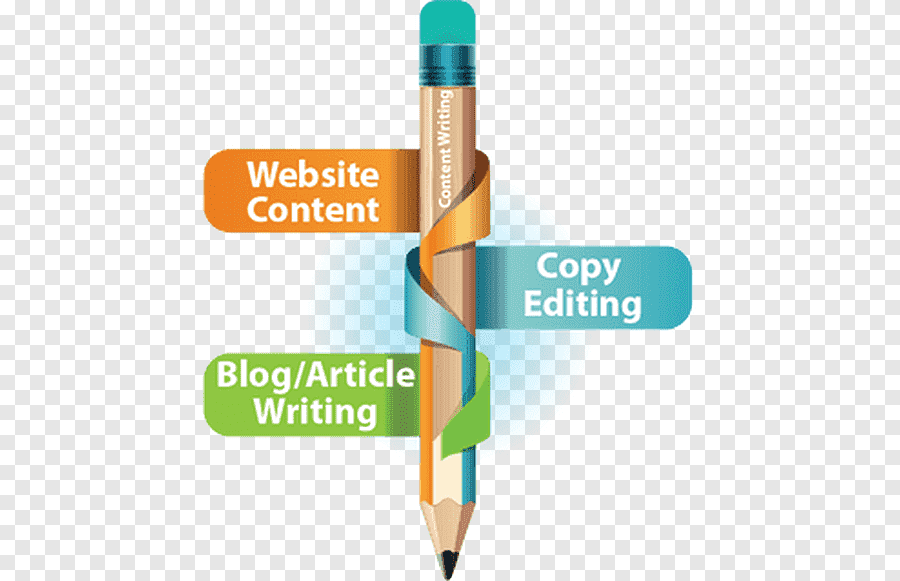Equipment Used in Gardening
A significant number of gardeners own at least one piece of gardening equipment. In actuality, it is really difficult to cultivate a garden without the utilization of unused gardening equipment. What kind of gardening equipment you use will obviously be determined by the size and scope of your garden, what you are able to manage, whether you want to spend a lot of time in your garden or get it done fast, and, last but not least, how much money you are ready to spend on gardening equipment.Despite the fact that many gardeners do not possess pricey or high-tech gardening tools, every single one of them possesses some kind of gardening equipment for the purpose of growing. There are two types of tools that can be used for cultivation: hand-held tools and mechanical tools. Your level of commitment to gardening will determine the type of plant that you purchase. A shovel, spading fork, rake, trowel, and digger are all examples of hand tools. Other examples are shovels and spading forks. For the purpose of getting a garden ready for planting, any of them can be utilized. They are not overly difficult to use and do not require a great deal of resistance. Among the additional tools available are a mattock, a pickax, and a wheel cultivator.
Despite the fact that power tools are a little bit more expensive than hand tools, they significantly reduce the amount of labor that is required. Without a question, the tiller is the most important piece of gardening equipment that you can have. The tiller will help break up the ground and prepare it ready for planting. It will also help chop up any debris that may be present and assist in mixing in compost and fertilizer. In the event that you want to avoid spending money on a tiller, you have the option of either hiring someone or renting a tiller for a single use. Chippers, garden shredders, and chainsaws are a few examples of other power tools that are extremely popular.
Pruning tools are an essential piece of gardening equipment to have if you have shrubs, hedges, or small trees in your yard. Lopping shears are able to handle branches ranging from a half inch to roughly two inches in diameter, whereas pruning shears are suitable for branches with a diameter of approximately one inch. Pruners that are mounted on poles are able to reach branches that are approximately 15 feet above the ground. Both hedge shears and pruning saws are larger, more heavy-duty pruning equipment that are designed for the gardener that takes their hobby seriously.
Due to the fact that your plants require watering in order to survive, and let's go ahead and admit that it doesn't rain whenever we want it to, it is essential to possess gardening equipment that can be used for watering. There is one thing that you absolutely cannot do without, and that is a water hose. Everything else may be considered optional. The usage of sprinklers or drip irrigation hoses is common among gardeners. You may even buy timers for sprinklers or drip hoses if you are prepared to spend the additional money. Both of these options are available to you.
Without the proper gardening equipment, gardening would be an absolute nightmare. Certainly, there are some individuals who take pleasure in getting their hands a little bit muddy while they are planting their flowers; but, even those individuals possess the most fundamental gardening tools, such as a hoe or a gardening rake. The equipment used in gardening is just as essential to the process of gardening as the soil and the seeds themselves.


























